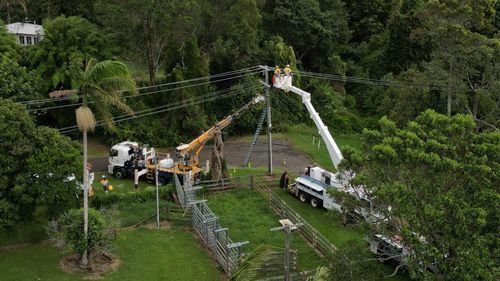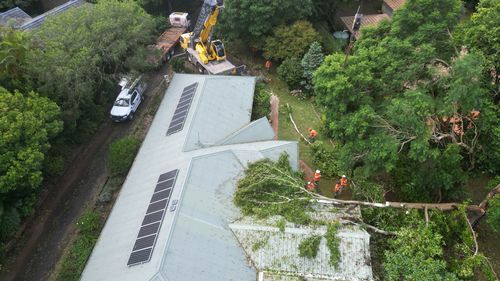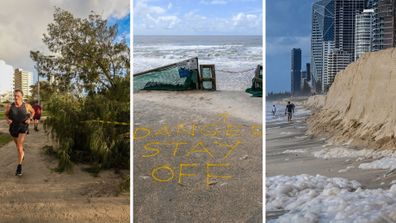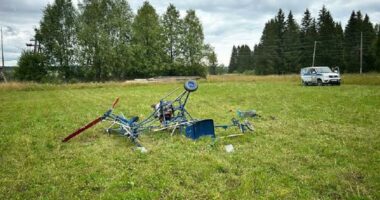Some in the area have been without power since last Thursday, with many not due to be reconnected until Sunday or Monday.

Last night, Energex said 40,000 of the 450,000 homes and businesses affected by Alfred and its aftermath were still offline, after 35,000 customers were reconnected in a day north and south of Brisbane and on the Moreton Bay islands.
“We’ve also been out en masse for days across the Gold Coast, hinterland and Scenic Rim, and what we’re seeing in areas such as the Tallebudgera Valley is sobering,” Energex said.
“‘Repairing’ the network there doesn’t begin to describe the severity of damage in some sections – it’ll essentially be network replacement.”
The update came before 38 former Australian fire and emergency service chiefs spoke out today in a call for greater climate action as worsening climate change, saying they were “deeply concerned about the trend of worsening extreme weather disasters, fuelled by climate change”.
“Fire and emergency services and the Australian Defence Force are now having to respond to more frequent and extreme natural disasters, stretching their capacity,” Emergency Leaders for Climate Action said.
“More intense, frequent extreme weather events put emergency responders in greater danger, for longer and more often.”

The clean-up began in most of the cyclone-hit region on Tuesday but there were fears dozens of homes in Logan, south of Brisbane, could remain cut off by flooding until next week.
The army, police and State Emergency Service volunteers and other emergency services were all working in the recovery.
Emergency Leaders for Climate Action called for governments at all levels to “acknowledge that prolonging the use of fossil fuels will make future disasters even worse”.
“As we approach a Federal election, Australia can’t afford to slip back into climate denial, inaction, and far-off “solutions” that will actually increase climate pollution,” the group said.

Recovery efforts begin after ex-Cyclone Alfred ravaged famous beaches
“Time was on our side for this cyclone, but we are fast running out of it when it comes to staving off much worse impacts.”
The weather gave south-east Queensland and northern NSW a reprieve after days of flooding, with no more rain expected until Tuesday.






